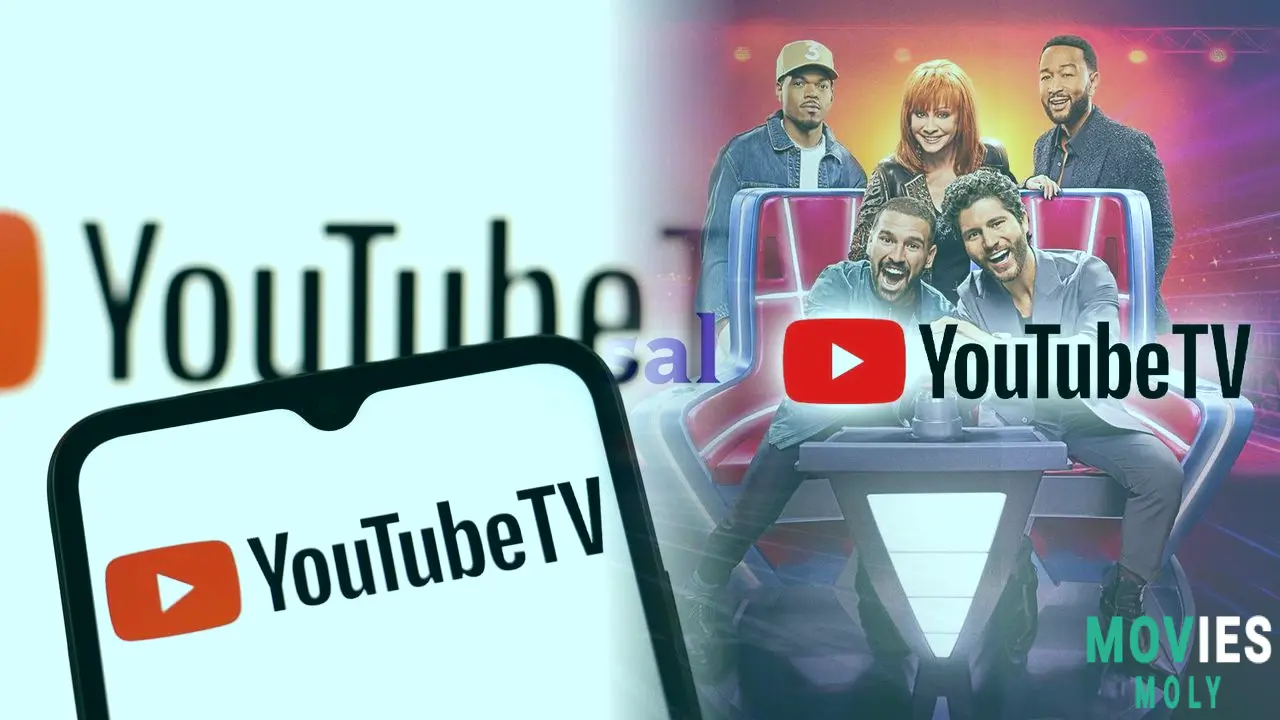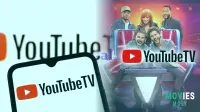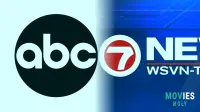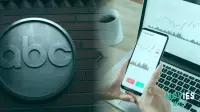The ongoing negotiations between YouTube TV and NBCUniversal have once again kept subscribers on edge. Just as a potential blackout loomed, both companies announced a short-term extension to their carriage agreement. This temporary truce means your favorite NBC channels and other NBCU properties remain available for now. However, the core issues behind this YouTube TV NBCUniversal dispute are far from settled, pointing to bigger battles in the streaming world.
This isn't just about channel access. These YouTube TV carriage talks highlight a significant shift in how content is distributed and valued. With YouTube TV now a major player in the live TV streaming market, its standoffs with media giants like Comcast NBCUniversal are reshaping the landscape for everyone involved, especially consumers.
The Core of the Conflict: Rates, Content, and Peacock IntegrationAt the heart of the current YouTube TV NBCU deal talks are two main sticking points: the rates Google's streaming service will pay to carry NBCUniversal's programming and, perhaps more importantly, the future of Peacock integration YouTube TV. NBCUniversal wants YouTube TV to pay for its content, while YouTube TV argues that NBCU is asking for more than what consumers pay for the same content on Peacock. This financial disagreement is standard in carriage disputes, but the Peacock issue adds a new wrinkle.
YouTube TV is pushing for "direct ingestion" of content that is exclusive to Peacock. This means YouTube TV wants to show Peacock-exclusive programs directly on its platform, rather than requiring users to open the separate Peacock app. For NBCUniversal, which launched Peacock in 2020, preserving it as a standalone service is crucial. Peacock collects valuable subscriber data and sells targeted ads, revenue streams NBCU wants to maintain control over. If YouTube TV directly ingests this content, it could cut into Peacock's ability to gather data and sell ads, impacting NBCU's streaming strategy.
Key NBCUniversal Channels at Risk
Had a deal not been reached, a wide array of popular NBC channels YouTube TV subscribers rely on would have gone dark. This includes the flagship NBC broadcast network, which carries major events like Sunday Night Football YouTube TV. Beyond that, cable channels such as Bravo, MSNBC, CNBC, USA Network, Syfy, E!, Oxygen True Crime, and Golf Channel were all on the chopping block. Regional sports networks like NBC Sports Philadelphia and NBC Sports Boston were also at risk. Losing these channels, even temporarily, would significantly impact millions of viewers.
Understanding 'Direct Ingestion' vs. App Integration
The concept of "direct ingestion" is a significant strategic move by YouTube TV. Currently, many streaming services integrate other platforms by providing links or requiring users to switch apps. YouTube TV's demand to directly host Peacock content is different. It's about centralizing content within its own ecosystem, giving YouTube TV more control over the user experience and potentially, more advertising opportunities. This approach is a direct challenge to content providers who want to build and maintain their own streaming platforms and user relationships.
This isn't just about money; it's about control over the streaming ecosystem.
This battle for direct content control highlights a broader economic shift in the streaming industry. As traditional cable bundles unravel, streaming services are fighting for subscriber data and advertising revenue. The ability to directly serve ads and understand user behavior within their own platform is a powerful tool for companies like Google, the parent company of YouTube TV.
A History of Disputes: YouTube TV's Aggressive Negotiation Strategy
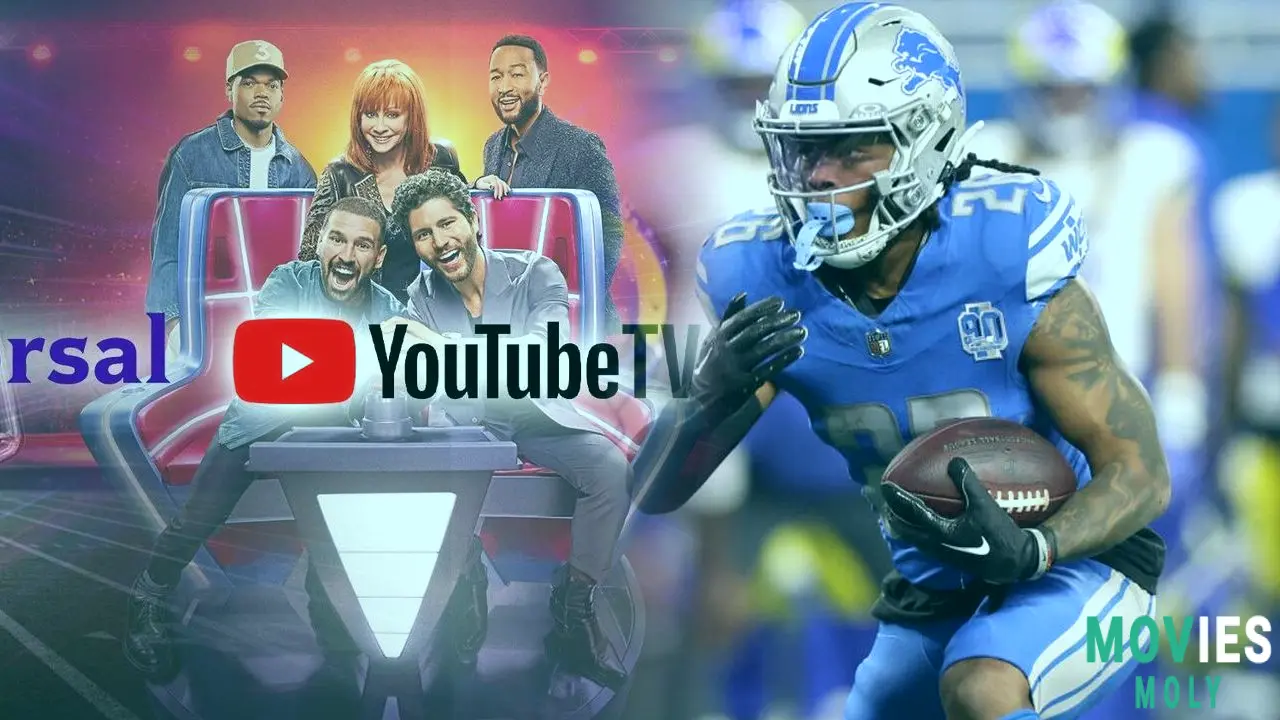
The YouTube TV NBCUniversal dispute is not an isolated incident. YouTube TV has a well-documented history of contentious carriage talks, often pushing negotiations to the brink of a blackout. This aggressive negotiation strategy has become a pattern, reflecting YouTube TV's growing leverage in the market.
Just prior to the NBCU extension, TelevisaUnivision YouTube TV networks, including Univision, went dark on the platform after their deal expired. YouTube TV offered affected subscribers a $6 credit. This followed similar high-stakes negotiations with other major media companies. In February, YouTube TV and Paramount Global (now Paramount Skydance) renewed their agreement after public back-and-forth. Similarly, Fox YouTube TV and YouTube TV reached a renewal in August 2025 following a tense period.
From Paramount to Fox, and now NBCU. YouTube TV's history of carriage disputes highlights the evolving power dynamics in pay-TV.
These previous battles demonstrate YouTube TV's willingness to risk temporary blackouts to secure what it considers fair terms. This approach is partly enabled by YouTube TV's rapid growth. With an estimated 9.5 million customers as of the end of 2024, YouTube TV is the biggest internet-delivered pay TV provider in the U.S. This massive subscriber count gives Google considerable influence at the bargaining table.
YouTube TV's leverage comes from its massive subscriber base. Content providers are feeling the squeeze in these negotiations.
Google's immense market capitalization, often cited by those across the bargaining table, also plays a role. As part of a tech giant, YouTube TV is not as beholden to the entertainment business as traditional cable providers. This allows for a more uncompromising stance in negotiations, even leading to YouTube TV price increase announcements in the past.
What a Potential Blackout Means for You: Channels, Credits, and Alternatives
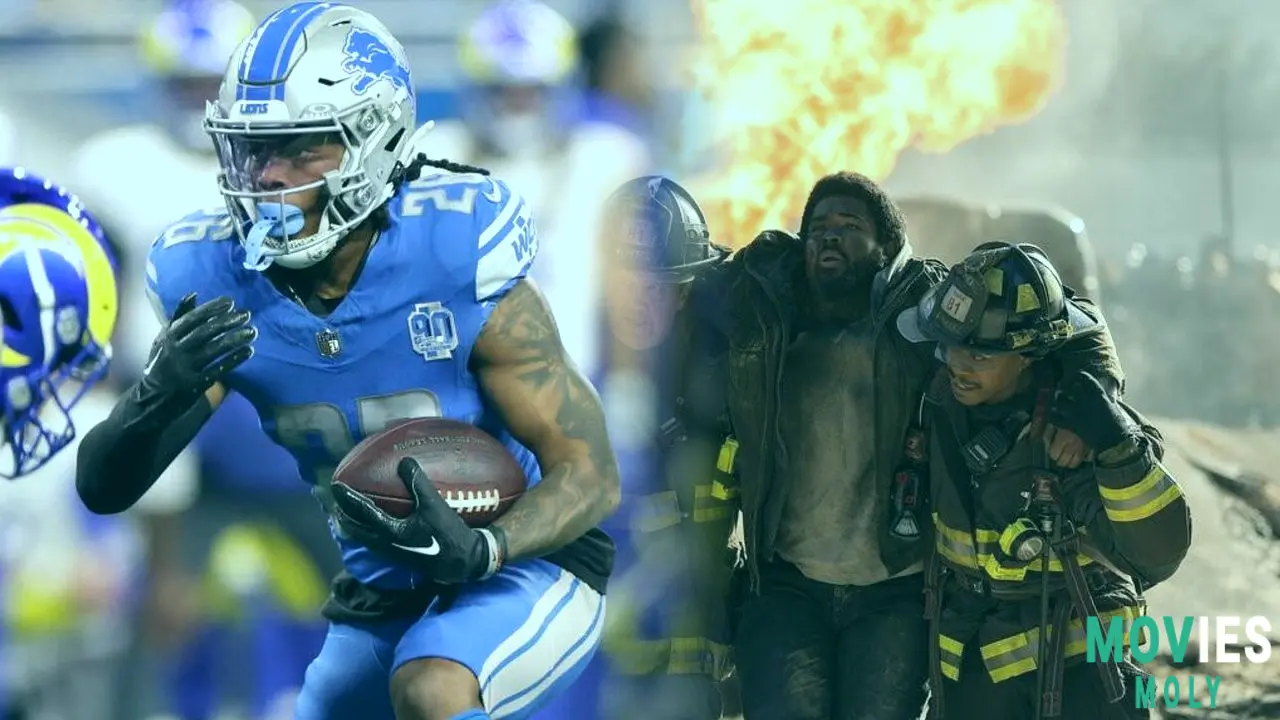
While a YouTube TV blackout was averted for now, understanding the impact of YouTube TV carriage disputes on consumers is crucial for future standoffs. If NBCU channels had gone dark, millions of subscribers would have lost access to a wide range of programming, from news and entertainment to live sports like Sunday Night Football YouTube TV. This disruption can be incredibly frustrating for viewers who pay for these services.
If YouTube TV and NBCU can't agree, millions could lose access to Sunday Night Football. Time for a fair deal!
YouTube TV has stated it would offer subscribers a $10 credit if NBC content became unavailable for an extended period. This credit aims to mitigate some of the financial impact on consumers. However, for many, the inconvenience of losing favorite shows and live events outweighs a small credit.
Your Options During a Content Blackout
If a YouTube TV blackout were to occur, subscribers would have several options. First, check if the content you want is available through other streaming services. For NBCUniversal content, this would include the Peacock app itself. Some networks offer their own standalone apps that might be accessible with a cable or streaming login. Second, consider YouTube TV alternatives 2025. Services like Hulu + Live TV, Sling TV, or FuboTV carry many of the same channels. Researching their channel lineups and pricing could provide a temporary or permanent solution.
Another option is to explore how to get YouTube TV credit or refunds for the affected period. YouTube TV typically provides information on its support pages during disputes. For sports fans, antenna TV can provide local NBC affiliates for free, ensuring access to Sunday Night Football and other broadcast events. Finally, contacting both YouTube TV and NBCUniversal to voice your concerns can add pressure on both sides to reach a swift resolution. Understanding your rights during a blackout can empower you as a consumer.
The Future of Streaming: Beyond the YouTube TV-NBCU Deal
The YouTube TV NBCU deal talks are more than just a momentary skirmish; they represent a significant turning point for the future of YouTube TV streaming and the broader media landscape. These disputes highlight the ongoing tension between traditional content creators and new-age distributors. Content providers want to protect their direct-to-consumer streaming services, while aggregators like YouTube TV want to offer a comprehensive, seamless experience to their subscribers.
Expert predictions suggest that these power struggles will intensify over the next 3-5 years. The battle for subscriber data and advertising revenue will continue to drive these negotiations. As more consumers cut the cord and shift from traditional cable to streaming, the leverage held by platforms with large subscriber bases, like YouTube TV, will only grow. This could lead to more frequent carriage disputes and potentially more fragmented content access for consumers.
Analyzing YouTube TV's Subscriber Growth and Market Position
YouTube TV's subscriber count has steadily climbed, surpassing 10 million subscribers just eight years after its launch. This growth positions it as the fourth-largest pay-TV operator in the U.S., a remarkable feat given that traditional cable and satellite providers are seeing declining numbers. This market position gives YouTube TV significant bargaining power. Its ability to attract and retain subscribers makes it an essential distribution partner for media companies, yet also a formidable negotiator.
The company's success challenges the long-standing model of content distribution, where media conglomerates dictated terms. Now, tech giants like Google are using their vast resources and user base to demand different kinds of deals, impacting everything from pricing to content integration. This dynamic is forcing media companies to rethink their strategies, balancing the need for broad distribution with the desire to build their own direct relationships with consumers.
How YouTube TV's Standoffs Reshape the Media Landscape
The recurring YouTube TV carriage disputes are not just isolated incidents; they are symptoms of a larger transformation in the media landscape. The shift from traditional cable to streaming has empowered new distributors and challenged established content owners. These standoffs highlight the evolving power dynamics in pay-TV and the increasing importance of digital platforms.
Another YouTube TV carriage dispute? It's becoming a regular occurrence. Consumers are tired of being caught in the middle.
User sentiment on social media during these disputes often reflects frustration. Consumers feel caught in the middle, paying for services that may suddenly lose channels. This sentiment puts pressure on both sides to find resolutions, but it also underscores the fragility of the current streaming ecosystem. As streaming service negotiations become more complex, the impact of YouTube TV carriage disputes on consumers will only grow.
The long-term implications are significant. These battles are pushing the industry towards new content distribution models. Some experts predict a future where content might be more directly offered to consumers, bypassing traditional aggregators, or where bundles become more customizable. The outcome of the YouTube TV NBCU deal, and similar future negotiations, will undoubtedly shape how we access and pay for our entertainment in the years to come.

